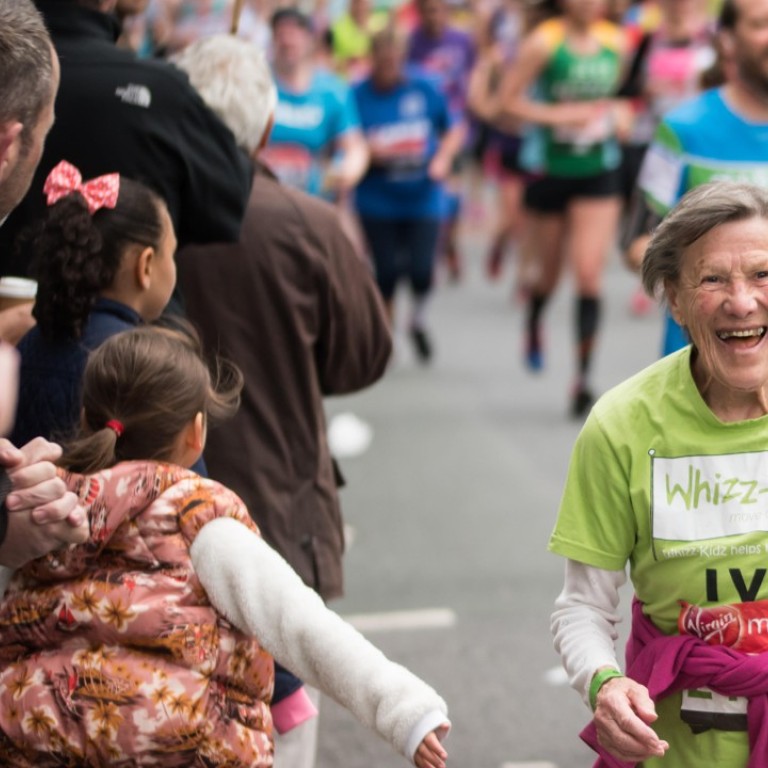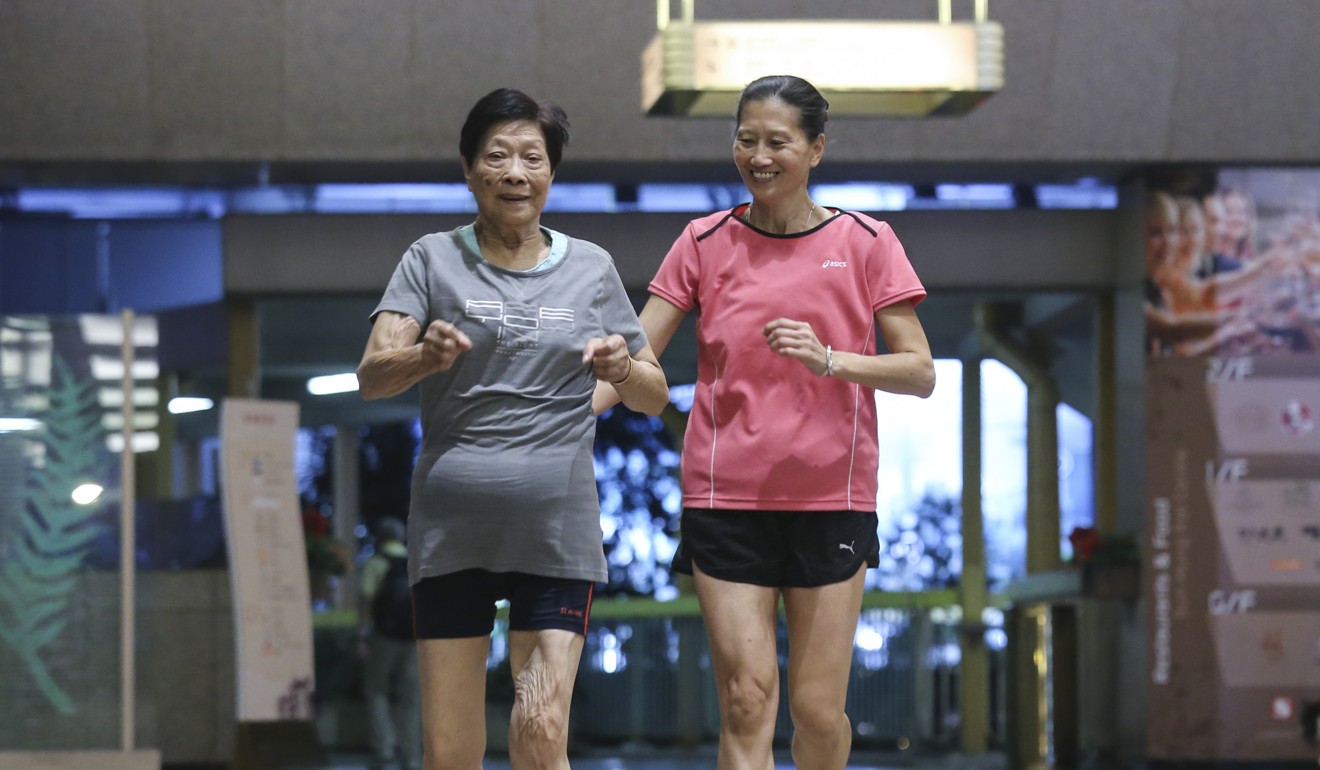
The biggest reason why older women should keep on running, or take it up
Bone loss is the most devastating consequence of menopause and running counteracts it by putting stress on your frame, which promotes bone growth, experts say
Just as some things in life get easier with age, inevitably, there are other things that get harder. Important things, like regenerating bone density. It’s not exactly the hottest new trend for looking and feeling young and healthy in our 50s, but it should be.
For many women, finding ways to regenerate bone density throughout our 20s and into our later years isn’t always intuitive or even something we think much about.
That’s when running, even into the post-menopause years, and other high-impact and weight-bearing forms of exercise can be crucial, says Ranit Mishori, a professor of family medicine at the School of Medicine of Washington’s Georgetown University.
Most women begin the transition to menopause between the ages of 45 and 55, and the process can last seven to 14 years. That’s because a key factor in menopause is the gradual decrease in some hormone levels, especially oestrogen, Mishori says.

This decrease in hormone levels begins as a woman approaches the end of her childbearing years, typically in her 40s. Oestrogen levels can drop so slowly that many women, distracted and busy with children at home and active in their careers, might not notice the changes until menopause or even after menopause, when symptoms such as hot flushes, weight gain and insomnia become most prominent.
Although these are the symptoms that the media might focus on, it’s the bone loss that can be the most devastating, causing bones, including weight-bearing bones such as the hip and spine, to become brittle and fragile, Mishori says.
We tend to think of our bones as, well, ossified, but they are living tissues that are constantly changing and growing, turning over cells, laying down new bone and removing old bone as part of the physiological process. By post-menopause, the balance shifts such that we remove old bone more quickly than we make new bone, leading to an overall reduction in body bone mass over time.
If you can visualise how strengthening your muscles makes them bigger, you’ll have a better understanding of how our bones can become stronger and denser if we put stress on them.

Our bodies build bone mass when we apply stress along the full length of our bones, which is what happens when we run, said sports medicine specialist and physical therapist Kevin McGuinness of Washington Orthopaedics & Sports Medicine. Bones build structure in response to the stresses applied to them, and for the weight-bearing bones, such as those in our legs and hips, you need to apply stresses while upright, working against gravity, in a weight-bearing fashion, he explained.
“The greater the stress, the greater the bone-building response,” he said.
Because postmenopausal women lose bone density more quickly than similarly aged men, they are at greater risk of hip fractures, McGuinness said. Hip fractures in an older woman can cause complications that can hamper independence and lead to other issues, including respiratory and circulatory problems as a result of becoming more bed-bound.
I know women who started in their 50s and 60s and are running half-marathons
“For women, it is very important to build a base of strength and bone density in your 20s and 30s, because it becomes much harder to generate new bone in your 40s, 50s and 60s,” McGuinness said. “Not that it’s impossible to build it later in life, it’s just more difficult.”
In addition to rebuilding bone density, running is also excellent for helping women address some of the other effects of menopause, said Mishori, 51, a runner and former triathlete.
Running can reduce hot flushes, improve sleep and cardiovascular function, alleviate pain and discomfort associated with arthritic joints, and even help with cognition and depression, Mishori said.
“I absolutely urge women who run to continue running after menopause,” Mishori said. “And there’s no reason to not start running in your 50s.”
Mishori tells her patients that they can start small, working their way up to 1.5km, then three and maybe even up to a 5km. “I know women who started in their 50s and 60s and are running half-marathons,” she said.

If running isn’t an option, McGuinness suggests resistance training (with or without weights) and yoga, which can build bone density as well as help maintain strength and motor control.
If you’ve been a runner since your 20s or 30s, Mishori said, you’re going to notice differences post-menopause.
For example, the body becomes less adaptive at digesting sugars, breaking down carbohydrates and regulating its temperature, Mishori said. This might mean that postmenopausal women consider fuelling longer runs with fruit, such as a banana or dates, or using just half or even a quarter of a sport energy gel.
Mishori recommends bringing a frozen headband on your runs so that as it thaws it slowly releases cold water onto your hair and shirt. And bring light layers, she added.
Ageing runners, whether experienced or not, don’t recover as quickly as they once did, said Claire Bartholic, a five-time Boston Marathon qualifier, competitive masters athlete, and coach of an online community of runners and coaches.
“If you raced on a Saturday in your younger years, you might have been able to do some speed work a few days later and have no problems,” she said. “Now we need to take our time and get back to some slower running, easier recovery running, to feel good again.”
Another effect of lower oestrogen levels is that the body wants to store more fat just as it’s losing muscle, and fat slows you down, Bartholic said. This is important, whether or not you’re a competitive runner, if you enjoy participating in certain organised races.
“You’d rather have lean muscle on board to keep you moving faster,” said Bartholic, who recommends regular strength-training sessions to all of her runners, but especially to her postmenopausal runners.
Carolee Belkin Walker is a wellness blogger
